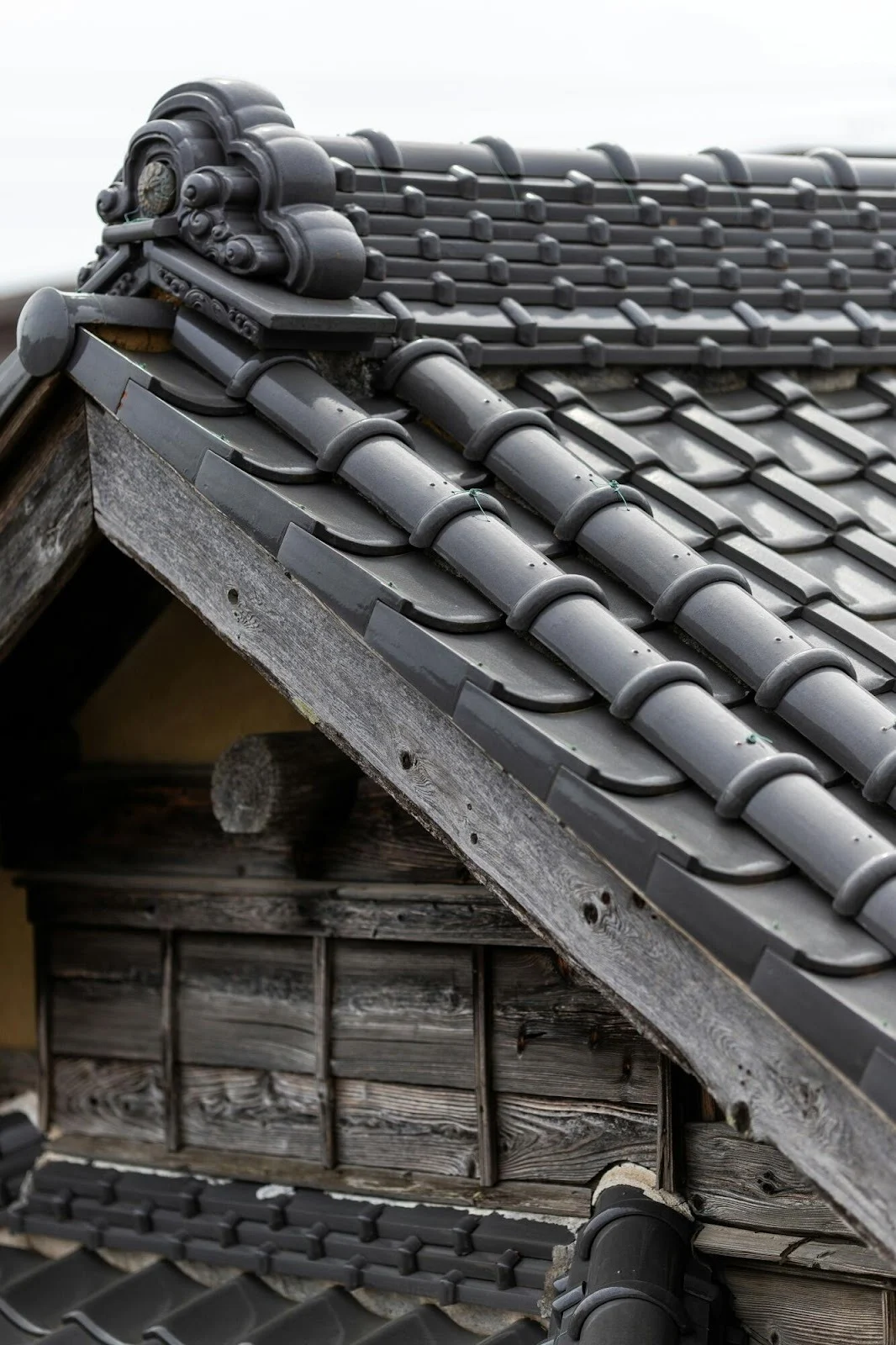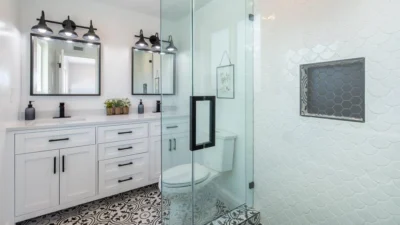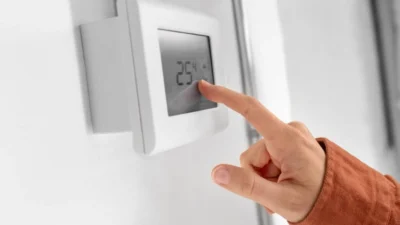A commercial roof is one of the most important parts of any business property. It protects the building, employees, customers, and equipment inside.
Whether you are building a new property or replacing an old roof, understanding the process and materials involved is key. Many business owners find commercial roof installation to be overwhelming, but with the right knowledge, it becomes easier to make good choices.
This guide will explain the basics of installation, the most common roofing materials, and tips for finding reliable contractors.
The Commercial Roof Installation Process
Installing a commercial roof follows a step-by-step process. Each stage is important to ensure the roof is strong, durable, and long-lasting.
Inspection and Planning
Before any installation begins, the roofing contractor will inspect the building. They check for structural strength, drainage systems, and the condition of the current roof if it is a replacement. After inspection, the contractor helps design a plan that matches the building’s needs and budget.
Removing the Old Roof (if needed)
If the building already has a roof that is damaged or too old, it will need to be removed. This step ensures that the new roof is installed on a clean, stable surface. Proper disposal of old roofing materials is also handled at this stage.
Preparing the Surface
After removal, the surface is cleaned and prepared. Insulation layers and vapor barriers may be added, depending on the type of roof. Preparation is critical because it affects how well the new roof holds up over time.
Installing the New Roof
The chosen roofing material is then installed according to the plan. Each material type has a different installation method. Some require heating and sealing, while others are mechanically fastened or adhered with adhesives.
Final Inspection and Clean-Up
Once installation is finished, the contractor performs a final inspection. This ensures the roof meets safety standards and is free of defects. The area is cleaned, and the roof is ready for use.
Common Types of Commercial Roofing Materials
One of the biggest decisions in roof installation is choosing the right material. Each option has its benefits and drawbacks.
Built-Up Roofing (BUR)
Built-up roofing, also called “tar and gravel,” has been used for many years. It consists of several layers of bitumen and reinforcing fabric. A top layer of gravel protects the roof from sun and weather damage. BUR roofs are durable and great for flat roofs, but they can be heavy.
Modified Bitumen
This material is similar to BUR but includes added modifiers that improve strength and flexibility. Modified bitumen is rolled onto the roof and sealed with heat or adhesives. It is popular because it is easier to install than traditional BUR and provides good protection.
EPDM (Ethylene Propylene Diene Monomer)
EPDM is a type of synthetic rubber roofing. It is lightweight, durable, and resistant to UV rays and weather damage. EPDM is easy to install and maintain, making it a popular choice for many businesses.
TPO (Thermoplastic Polyolefin)
TPO is a single-ply roofing membrane known for being energy-efficient. Its reflective surface helps reduce cooling costs, which is useful in warmer climates. TPO is durable, cost-effective, and environmentally friendly.
PVC (Polyvinyl Chloride)
PVC roofing is another single-ply material. It is strong, resistant to chemicals, and long-lasting. It is often used in restaurants and buildings where grease or chemical exposure is common. PVC roofing can be more expensive than other options, but it provides excellent durability.
Metal Roofing
Metal roofs are a popular choice for commercial buildings because of their long lifespan. They can last up to 50 years with proper care. Metal roofs are also energy-efficient, recyclable, and resistant to fire and weather. However, they may cost more upfront compared to other materials.
Green Roofs
Green roofs use vegetation and soil placed over waterproofing systems. They provide excellent insulation, improve air quality, and reduce stormwater runoff. Green roofs are eco-friendly but require more maintenance and structural support.
Factors to Consider When Choosing Materials
Not every roofing material is right for every commercial building. The right choice depends on the property’s needs, location, and budget. Below are the most important factors to think about before deciding.
Climate and Weather Conditions
The local climate plays a huge role in roof performance. In hot areas, reflective materials like TPO or PVC can help reduce cooling costs by reflecting sunlight. In colder regions, materials with better insulation may be more cost-effective.
Building Structure and Design
Some buildings can handle heavier materials, while others require lighter options. For example, built-up roofing and green roofs are heavier and may need extra structural support.
Budget and Cost Over Time
The upfront cost of roofing materials varies widely. While materials like BUR or EPDM may cost less at first, they may not last as long as higher-priced options like metal. Consider both the initial investment and long-term savings.
Lifespan and Durability
A roof is a long-term investment. Some materials, like EPDM, can last 20-30 years, while metal roofs may last up to 50 years or more. Green roofs provide extra insulation but need more ongoing care.
Maintenance Needs
Some roofing materials require regular inspections and maintenance to stay in good shape. For example, BUR and green roofs often need more care. Others, like metal and PVC, are relatively low-maintenance. Consider how much time and money you are willing to spend on upkeep.
Local Building Codes and Regulations
Finally, make sure your roofing material meets local codes and regulations. Some cities require certain energy-efficient materials or fire-resistant options. Working with a professional roofing contractor ensures that your roof complies with all requirements.
By weighing these factors, business owners can make smarter decisions for their property.
Finding the Right Roofing Contractor
The success of your commercial roof installation depends on who installs it. Even the best material will fail if installed poorly. Here are tips to find the right contractor:
- Look for licensed and insured companies
- Check reviews and references from past clients
- Ask about warranties for both labor and materials
- Request a written estimate with clear details
Searching online for commercial roofing near me is a great way to start. It can help you find local contractors who understand the specific needs and weather conditions in your area.
Protect Your Business with the Right Roof
A commercial roof is a major investment that requires careful planning. From choosing the right materials to finding a reliable contractor, every step matters. If you are planning a roof installation, take time to research your options and hire a trusted professional. Protect your business today with a roof that is built to last.
Make the most of your visit-browse through our site today!

Lexy Summer is a talented writer with a deep passion for the art of language and storytelling. With a background in editing and content creation, Lexy has honed her skills in crafting clear, engaging, and grammatically flawless writing.



